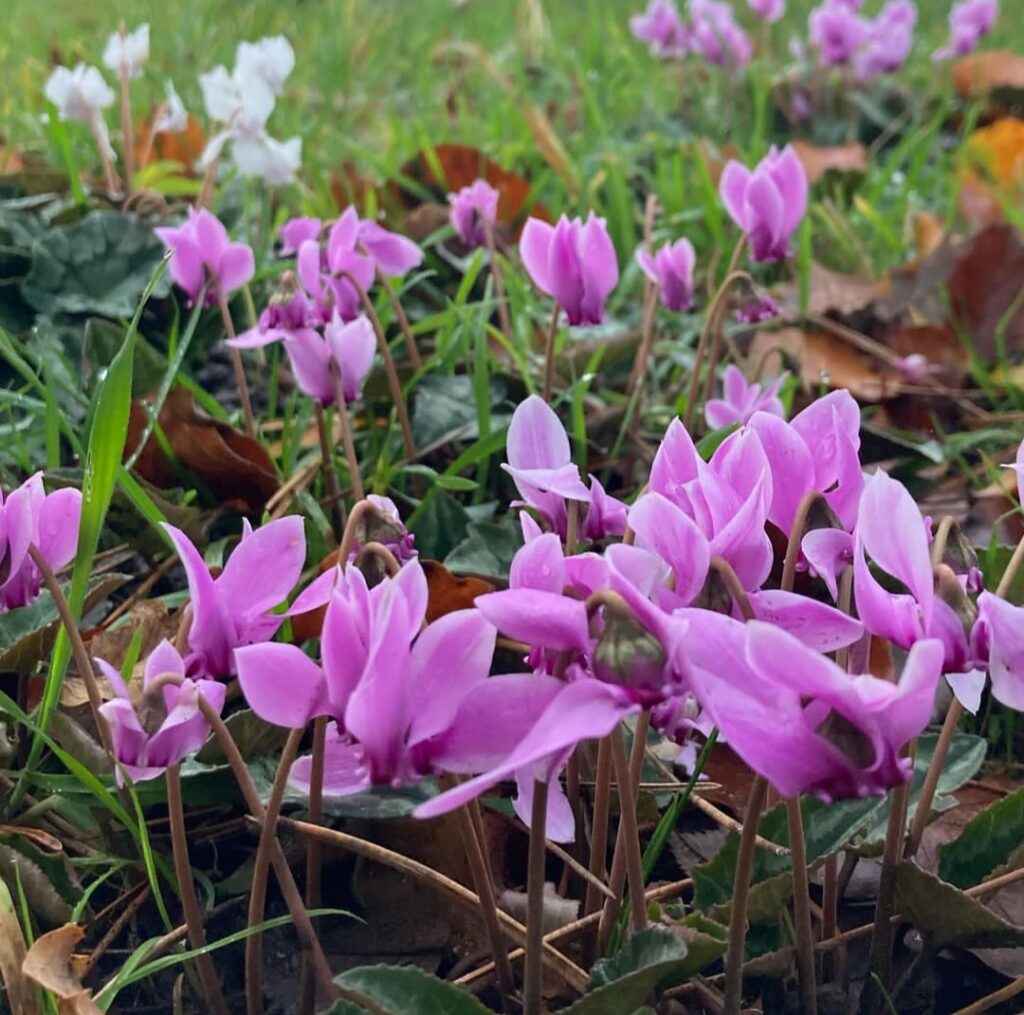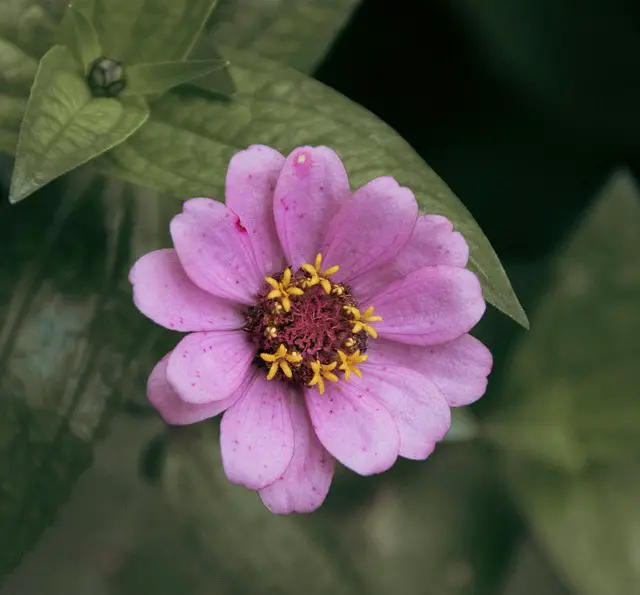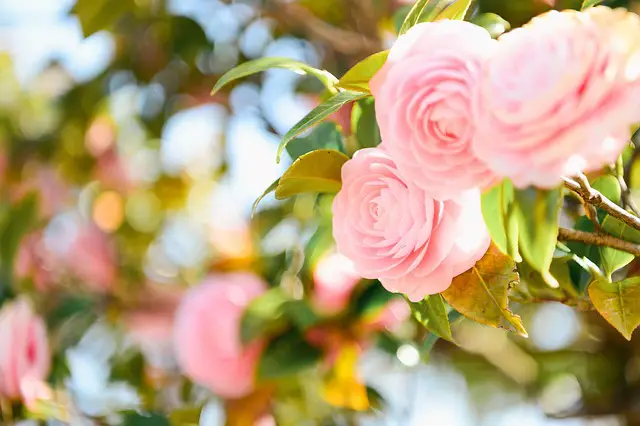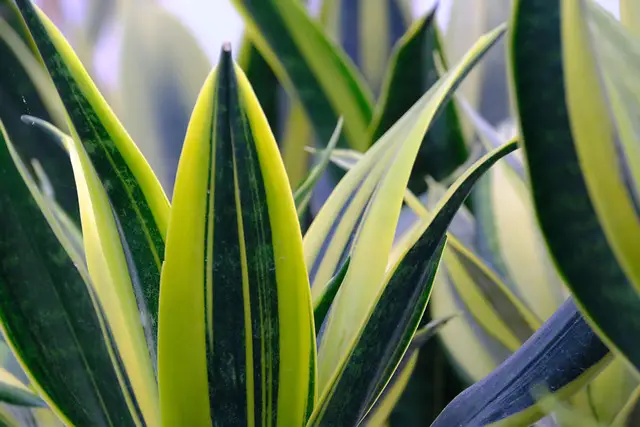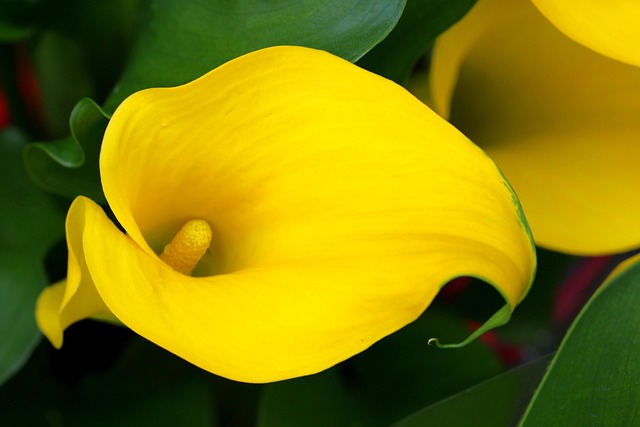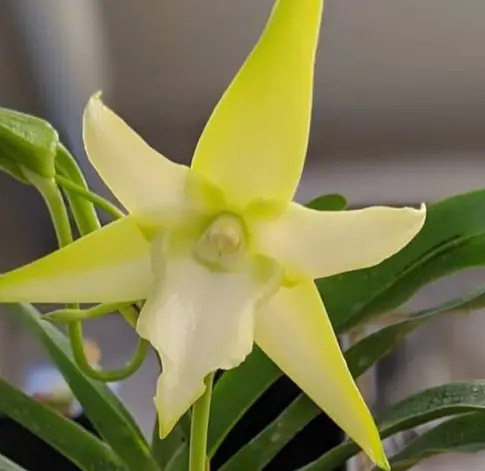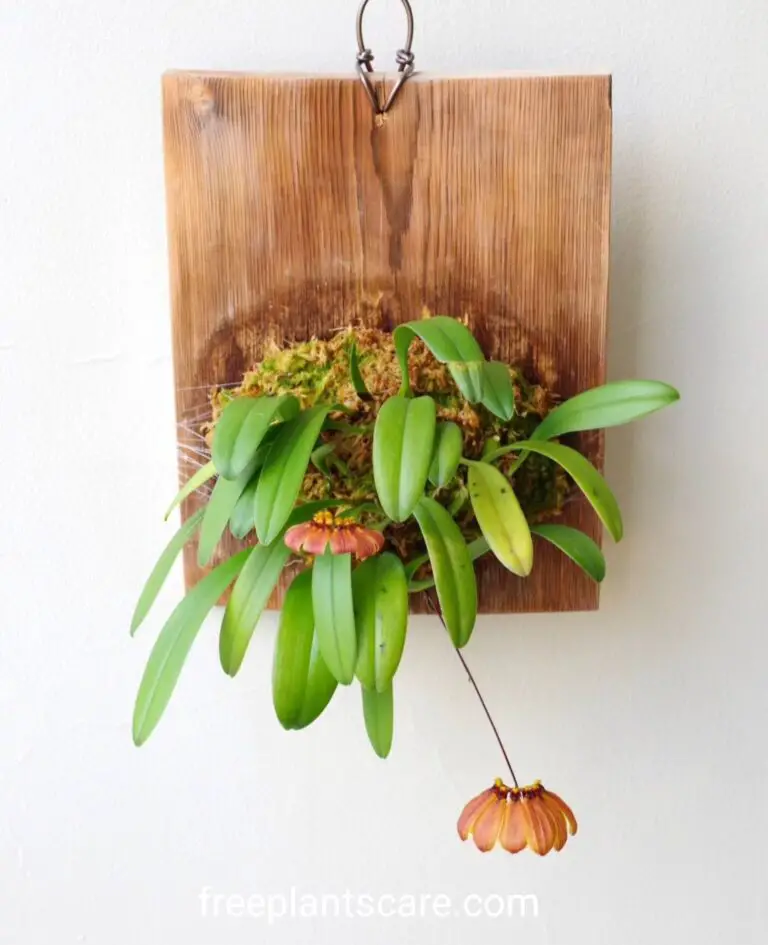- 1 Growing indoor cyclamen:
- 2 The best indoor location for cyclamen plants
- 3 Soil requirements for indoor cyclamen plants
- 4 Watering requirements for indoor cyclamen plants
- 5 Fertilizer requirements for indoor cyclamen plants
- 6 Propagation indoor cyclamen
- 7 Propagating by division:
- 8 Propagating by seed:
- 9 Indoor cyclamen plant problems and how to solve
- 10 indoor cyclamen reblooming problem
- 11 FAQS
Welcome to the world of Cyclamen, a stunning flowering plant known for its vibrant colors and delicate blooms. Whether you’re an avid gardener or a beginner plant parent, Cyclamen is a fantastic choice to add to your collection. This versatile plant can thrive both indoors , making it a popular choice for those who want to bring a splash of color to their homes or gardens.
But like any living thing, Cyclamen requires proper care and attention to ensure its beauty lasts. In this Cyclamen care guide, we’ll walk you through the essential tips for both indoor maintenance, so you can enjoy your Cyclamen’s beauty for years to come.
Growing indoor cyclamen:
Cyclamen is a beautiful flowering plant that can be grown indoors with proper care and attention. To ensure its success, provide it with bright but indirect sunlight, well-draining soil, and regular fertilization. Deadheading spent blooms can encourage new growth and prevent the plant from going dormant.
Keep the plant away from drafts and sudden temperature changes, and be sure to check for spider mites regularly. Let the cyclamen go dormant during its natural resting period and resume regular care once it begins to show signs of growth again. With proper care, your indoor cyclamen can provide you with a stunning display of flowers every winter for several years.
The best indoor location for cyclamen plants
is a bright spot with indirect light. Cyclamen plants thrive in cool temperatures and can tolerate temperatures between 50 and 68 °F (10 and 20 °C). Avoid placing cyclamen plants in direct sunlight or near heat sources like radiators or vents, as this can cause the soil to dry out too quickly and damage the plant.
It’s also important to keep the cyclamen away from draughts and sudden temperature changes, such as opening a door or window on a cold day. A spot near a north-facing window or in a cool room like a basement or unheated porch can be a good option.
Additionally, cyclamen plants prefer high humidity, so placing a tray of water near the plant or misting it regularly can help maintain optimal moisture levels. With the right location and care, cyclamen plants can bloom for several months and add a beautiful splash of colour to any indoor space.
Soil requirements for indoor cyclamen plants
Indoor cyclamen plants have specific soil requirements that are important for their growth and health. Cyclamen plants prefer well-draining soil that is rich in organic matter, but also aerated to avoid waterlogging.
A good soil mix for indoor cyclamen plants can be made by combining equal parts of high-quality potting soil, perlite, and coarse sand. This soil mix allows for good drainage and aeration while also retaining some moisture and nutrients for the plant.
It’s important to note that cyclamen plants prefer slightly acidic soil, with a pH range of 6.0-6.5. You can adjust the pH of the soil by adding acidic soil amendments like peat moss or pine needles.
When planting cyclamen bulbs, make sure to plant them with the top half of the bulb exposed above the soil level. This helps prevent bulb rot and encourages healthy growth. Additionally, avoid burying the bulbs too deeply, as this can inhibit their ability to sprout and grow properly.
Overall, providing well-draining, slightly acidic soil is key to ensuring the success of indoor cyclamen plants.
Watering requirements for indoor cyclamen plants
Proper watering is important for the health and longevity of indoor cyclamen plants. Overwatering or underwatering can lead to issues like root rot or leaf yellowing, so it’s important to strike a balance.
Here are some general watering guidelines for indoor cyclamen plants:
Water thoroughly: When it’s time to water, make sure to thoroughly saturate the soil with water. This helps ensure that the entire root system gets enough moisture.
Don’t let the soil dry out completely: Cyclamen plants prefer soil that is consistently moist but not waterlogged. Avoid letting the soil dry out completely, as this can stress the plant and lead to leaf yellowing.
Water from the bottom: To avoid getting water on the leaves, which can cause leaf spots or fungal diseases, consider watering your cyclamen plant from the bottom. Place the pot in a saucer filled with water, and allow the soil to soak up the moisture.
Avoid overwatering: Overwatering can lead to issues like root rot or bulb rot. To prevent this, make sure the soil has good drainage, and don’t water the plant until the top inch of soil feels dry to the touch.
Adjust watering based on season: Cyclamen plants go through periods of dormancy, during which they require less water. During the active growing season, they will need more frequent watering. Adjust your watering schedule accordingly.
Overall, it’s important to strike a balance with watering your indoor cyclamen plant. With the right watering routine, you can help ensure that your plant stays healthy and beautiful for months to come.
Fertilizer requirements for indoor cyclamen plants
Fertilising indoor cyclamen plants can help provide them with the nutrients they need to grow and bloom properly. Here are some general guidelines for fertilising indoor cyclamen:
Use a balanced fertiliser: Cyclamen plants benefit from a balanced fertiliser that contains equal parts nitrogen, phosphorus, and potassium (such as a 10-10-10 or 20-20-20 fertiliser). This helps provide the plant with the nutrients it needs for healthy growth and blooming.
Fertilise during the active growing season: Cyclamen plants go through periods of dormancy, during which they require less fertiliser. During the active growing season (typically from fall to spring), fertilise your cyclamen plant every two to three weeks.
Dilute the fertiliser: When fertilising, make sure to dilute the fertiliser to half its strength or less. This helps prevent fertiliser burn and ensures that the plant gets the right amount of nutrients.
Overall, it’s important to strike a balance with watering your indoor cyclamen plant. With the right watering routine, you can help ensure that your plant stays healthy and beautiful for months to come.
Propagation indoor cyclamen
Indoor cyclamen plants can be propagated through division or by collecting and planting seeds. Here’s how to propagate indoor cyclamen:
Propagating by division:
Wait until the plant has finished flowering and has gone dormant.
Gently dig up the plant and carefully separate the bulbs, making sure each bulb has a healthy section of roots attached.
Plant the bulbs in new pots filled with well-draining soil, water thoroughly, and place in a bright location with indirect light.
Propagating by seed:
Collect seeds from the plant after it has finished blooming and the seed pods have turned brown.
Soak the seeds in warm water for a few hours before planting to help soften the seed coat and improve germination.
With a light layer of soil on top, plant the seeds in a seed-starting mixture.
To produce a humid atmosphere, gently water the pot and cover it with plastic wrap or a plastic dome.
Once the seeds germinate, which might take several weeks, place the pot in a bright area with indirect light and maintain the soil moist
Overall, propagating indoor cyclamen can be a fun way to expand your plant collection or share your plants with others. With a little patience and care, you can successfully propagate indoor and outdoor cyclamen through division or seed collection.
Indoor cyclamen plant problems and how to solve
Indoor cyclamen plants can sometimes face issues related to their environment, care, or pests. Here are some common problems that can arise with indoor cyclamen and how to solve them:
Overwatering or underwatering: Overwatering or underwatering can cause yellowing leaves, drooping, or wilting. Make sure to water your indoor cyclamen thoroughly when the top inch of soil feels dry to the touch, and avoid letting it sit in standing water.
Low humidity: Low humidity can cause the edges of the leaves to dry out or curl. To increase humidity, place a tray of water near the plant or use a humidifier.
Temperature fluctuations: Temperature fluctuations can cause the leaves to turn yellow or the buds to drop. Keep your indoor cyclamen in a location with consistent temperatures, avoiding draughts or extreme heat.
Pests: Common pests that can affect indoor cyclamen include spider mites, aphids, and mealybugs. Treat infestations with insecticidal soap or neem oil, and make sure to isolate affected plants to prevent the spread of pests.
Dormancy: Indoor cyclamen plants naturally go through periods of dormancy, during which they may drop leaves or stop blooming. Reduce watering and fertiliser during this time, and provide a cooler location with less light.
By addressing these common problems, you can help ensure that your indoor cyclamen stays healthy and beautiful for months to come.
indoor cyclamen reblooming problem
Plants may have reblooming problems indoors for several reasons. Here are some common causes:
Lack of Light: Light is essential for a plant’s growth and development. Without enough light, a plant may not have enough energy to produce flowers. Make sure your plant is placed in a spot with bright, indirect sunlight.
Temperature: Temperature fluctuations can affect a plant’s ability to bloom. Keep your plant in a room with a consistent temperature, avoiding extreme fluctuations.
Nutrient Deficiencies: Plants need a balanced mix of nutrients to grow and bloom properly. If your plant is not receiving enough nutrients, it may not be able to produce flowers. read the instructions before fertilizing the Plant.
Watering: Overwatering or underwatering can both affect a plant’s ability to bloom. Make sure you are watering your plant correctly based on its specific needs.
Repotting: Sometimes, when a plant is repotted, it can go through a period of adjustment and not bloom for a while. Make sure you are using the right potting mix for your plant and that it is not too large or too small for its current size.
Age: Some plants have a natural lifecycle where they only bloom for a certain period of time each year. If your plant is not blooming, it may be because it is not the right time of year for it to do so.
Pests or Diseases: Sometimes, pests or diseases can affect a plant’s ability to bloom. Make sure you are keeping your plant clean and free from pests and disease.
FAQS
How do you take care of a cyclamen plant indoors?
Cyclamen plants prefer cool temperatures, bright but indirect light, and regular watering. Make sure to let the soil dry out slightly between waterings and avoid getting water on the leaves.
Is cyclamen an indoor or outdoor plant?
Cyclamen can be grown both indoors and outdoors, but they are typically grown indoors as houseplants.
What conditions do outdoor cyclamen like?
Outdoor cyclamen plants prefer cool temperatures, partial shade, and well-draining soil that is kept consistently moist.
Can cyclamen be put outside?
Yes, cyclamen can be grown outside in cooler climates during the fall and winter months. However, they should be brought indoors or protected during frost or freeze events.
What can I do to keep my cyclamen outside alive?
To keep outdoor cyclamen plants alive, make sure to provide them with the appropriate growing conditions (as mentioned above), protect them from extreme weather, and fertilize them with a balanced fertilizer once a month during the growing season
How long do potted cyclamen last?
Potted cyclamen can last for several months with proper care, but they typically go dormant and lose their leaves after flowering. They can be encouraged to bloom again by giving them a rest period and then starting the growing cycle again.
